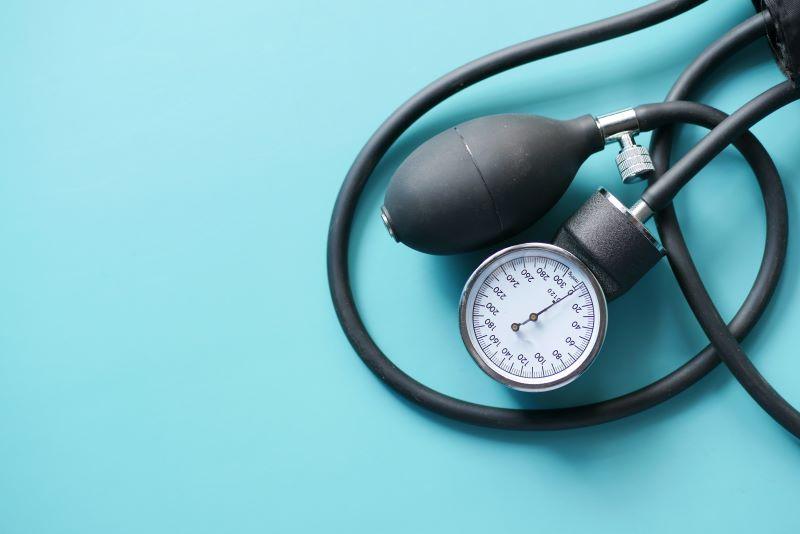Get Healthy!

- Dennis Thompson
- Posted April 10, 2023
Spinal Cord Injury Can Lead to Dangerously Low Blood Pressure, But New Implant Might Fix That
Dangerously low blood pressure is considered an "invisible"consequence of paralysis, adding to the woes of as many as 9 out of 10 people with spinal cord injuries.
Now, a new implant has been developed that treats the problem by delivering electrical stimulation to a select group of spinal neurons.
The device, called a neuroprosthetic baroflex, stimulates the lower part of the spine, which contains the most neurons involved in blood pressure control, researchers said. The findings were published April 6 as an essay in Science.
Spinal cord injury often interferes with the brain's ability to modulate blood pressure when a person changes posture, such as moving from a sitting to a standing position.
This ability, called the baroreceptor reflex, involves a series of quick responses within the body to keep blood pressure in a normal range when someone abruptly changes position, the Cleveland Clinic says.
The brain senses that artery walls are stretching due to a sudden increase in blood pressure. In response, the brain can order the body to compensate, though a series of reactions that take place within a couple of heartbeats.
A person with a spinal cord injury can be rendered dizzy, nauseous or prone to fainting if their baroreceptor reflex fails and their blood pressure drops to very low levels as a result of trying to move.
"Almost all of these patients are being treated for orthostatic hypotension using conservative measures like an abdominal binder, maybe compression stockings on their legs, or they've been recommended to have a high salt diet, things like that,"project leader Jordan Squair said in a journal news release. He is a researcher with NeuroRestore at the Swiss Federal Institute of Technology.
"But if you then ask them if they still experience symptoms of it, despite being treated conservatively for it, they almost all still do,"he added.
Squair and his colleagues developed this treatment by expanding the use of similar electrical stimulation devices to restore movement and sensation in some people.
Squair first determined the right part of the spine to stimulate by examining the spinal cords of rodents segment by segment.
He found that the last three segments of the spine are enriched with these neurons, creating a "hotspot"that could be stimulated to control blood pressure.
Researchers tested the device in one woman who, as a result of severe motor and autonomic nervous system disease, had such low blood pressure that she was unable to stand for more than a few minutes at a time.
The woman could walk several hundred yards immediately after receiving the implant, and has stopped fainting, Squair said.
For his work in developing this treatment, Squair is the winner of the 2023 BioInnovation Institute & Science Prize for Innovation, which rewards scientists breaking new ground at the intersection of the life sciences and entrepreneurship.
"Dr. Squair's prize-winning research on epidural electrical stimulation restores blood pressure control in patients suffering from spinal cord injury,"said Yevgeniya Nusinovich, a senior editor at Science. "Using this technology to stabilize blood pressure in the normal range decreases patients' risk of fainting and other complications, greatly improving their safety and quality of life."
The U.S. Defense Advanced Research Projects Agency is now funding efforts to expand the treatment's capabilities.
For example, the implant could help patients immediately following a spinal cord injury, when blood pressure can be unstable.
Patients are treated with drugs now during this dangerous period, but those medications can overshoot their therapeutic mark or wear off, Squair said.
"There might be a role for this [implant] to keep people stable when they're in the ICU or spine unit,"he said.
More information
The Cleveland Clinic has more about the baroreceptor reflex.
SOURCE: Science, news release, April 6, 2023







